Home>Articles>How To Clean Your Dishwasher With Vinegar And Baking Soda
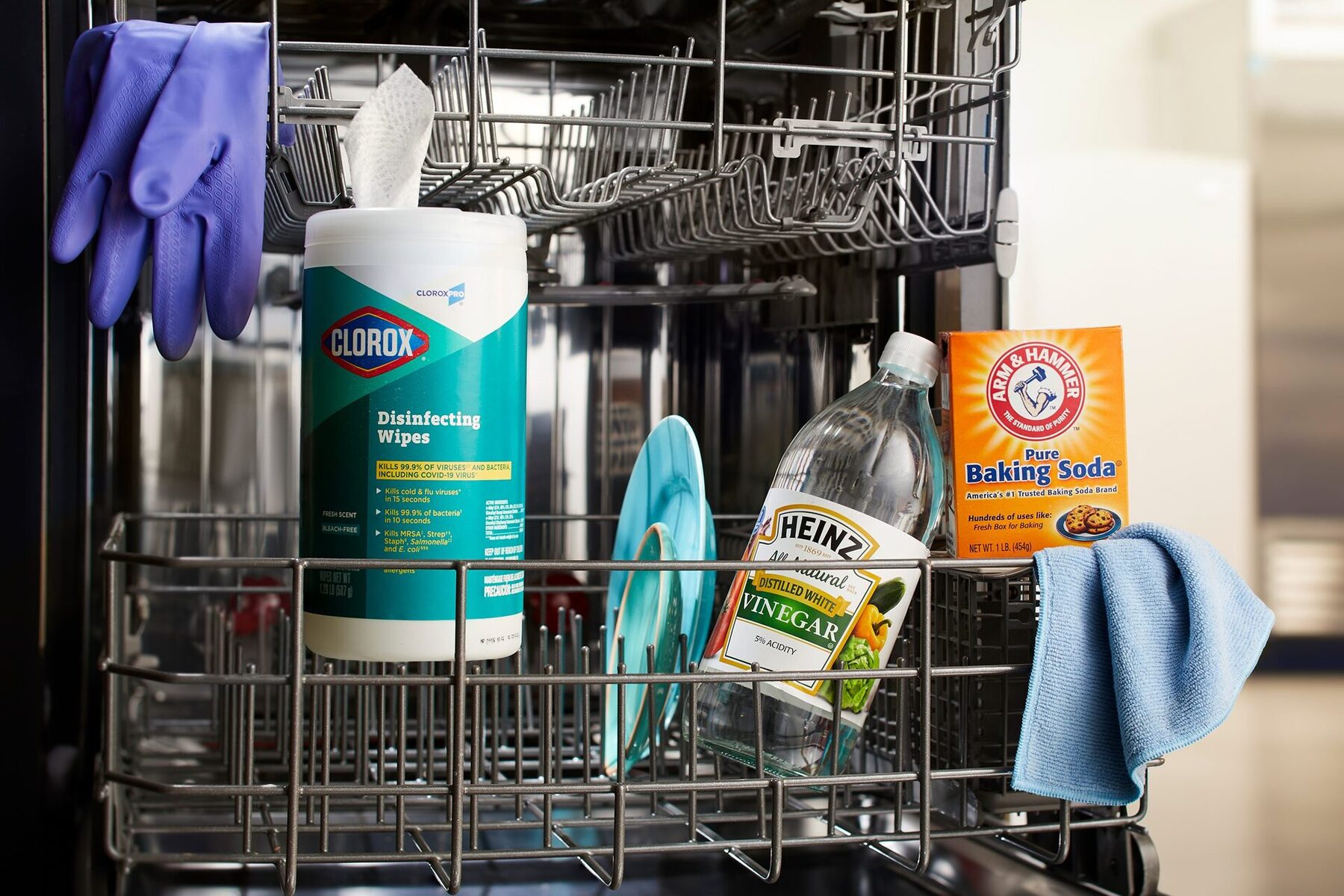

Articles
How To Clean Your Dishwasher With Vinegar And Baking Soda
Modified: August 28, 2024
Learn how to effectively clean your dishwasher using vinegar and baking soda with these helpful articles.
(Many of the links in this article redirect to a specific reviewed product. Your purchase of these products through affiliate links helps to generate commission for Storables.com, at no extra cost. Learn more)
Introduction
Having a clean dishwasher is crucial for maintaining the efficiency and longevity of your appliance. Over time, dishwashers can accumulate food particles, grease, and soap scum, leading to unpleasant odors and reduced performance. Rather than relying on store-bought cleaning products that may contain harsh chemicals, you can effectively clean your dishwasher using two common household items: vinegar and baking soda.
Vinegar and baking soda are natural cleaning agents that are safe to use in your dishwasher. Vinegar is a mild acid that helps dissolve grease and removes mineral deposits, while baking soda is a gentle abrasive that helps remove stubborn stains and neutralizes odors. Together, they form a powerful cleaning duo that can leave your dishwasher looking and smelling fresh.
In this article, we will guide you through the step-by-step process of cleaning your dishwasher with vinegar and baking soda. You’ll learn how to effectively remove dirt, grime, and build-up from the internal components of your dishwasher, as well as how to maintain regular cleaning to keep your appliance in top shape.
So, let’s dive in and discover the simple and eco-friendly way to clean your dishwasher using vinegar and baking soda!
Key Takeaways:
- Regularly cleaning your dishwasher with vinegar and baking soda not only eliminates odors and grime, but also prolongs its lifespan, saves money, and ensures sparkling clean dishes without the use of harsh chemicals.
- By utilizing natural and safe cleaning agents like vinegar and baking soda, you can maintain a cost-effective and eco-friendly approach to dishwasher maintenance, ensuring optimal performance and environmental responsibility.
Why Vinegar and Baking Soda?
When it comes to cleaning your dishwasher, vinegar and baking soda are a dynamic duo that can tackle even the toughest grime and odors. Here’s why these two household staples are the perfect choice for cleaning your dishwasher:
- Natural and Safe: One of the biggest advantages of using vinegar and baking soda as cleaners is that they are natural and safe for both you and the environment. Unlike commercial cleaning products that often contain harsh chemicals, vinegar and baking soda provide effective cleaning power without any harmful side effects.
- Vinegar’s Cleaning Properties: Vinegar is a versatile and effective cleaning agent due to its acidic nature. The acetic acid in vinegar helps dissolve grease, food particles, and soap scum that may have accumulated in your dishwasher over time. It also helps remove mineral deposits that can affect the performance of your dishwasher.
- Baking Soda’s Abrasive Action: Baking soda acts as a gentle abrasive, making it perfect for tackling tough stains and residues inside your dishwasher. Its fine texture helps scrub away grime without scratching the surfaces of your appliance. Additionally, baking soda is known for its ability to neutralize odors, leaving your dishwasher smelling fresh.
- No Residue Left Behind: Unlike some commercial cleaning products, vinegar and baking soda leave no residue behind after cleaning. This means that once you’ve completed the cleaning process, you can rest assured that your dishwasher is free from any potentially harmful chemicals or build-up.
- Cost-effective Solution: Vinegar and baking soda are affordable and readily available in most households. By using these everyday ingredients to clean your dishwasher, you can save money on expensive commercial cleaning products while still achieving excellent results.
Overall, vinegar and baking soda offer a natural, safe, and cost-effective way to clean your dishwasher. By harnessing the power of these two household staples, you can ensure that your dishwasher remains in optimal condition and continues to provide sparkling clean dishes for years to come.
Step 1: Gather Your Supplies
Before you begin the cleaning process, it’s important to gather the necessary supplies. Here’s what you’ll need:
- Vinegar: You’ll need distilled white vinegar for this cleaning method. The acidity of vinegar helps break down grease and remove mineral deposits.
- Baking Soda: Baking soda acts as a gentle abrasive and odor neutralizer. It will help remove stains and eliminate any unpleasant odors from your dishwasher.
- Soft Cloth or Sponge: A soft cloth or sponge will be used to wipe down the interior and exterior surfaces of your dishwasher.
- Toothbrush or Small Brush: A toothbrush or small brush can be handy for cleaning hard-to-reach areas and removing any debris from small crevices.
- Bowl or Cup: You’ll need a bowl or cup to hold the vinegar and baking soda mixture.
- Optional: If you prefer a fresh scent, you can add a few drops of essential oil to the vinegar and baking soda mixture. Lemon, orange, or lavender essential oils work well.
Once you have gathered all the necessary supplies, you’re ready to move on to the next step: removing and cleaning the dish racks.
Step 2: Remove and Clean the Dish Racks
To ensure a thorough cleaning of your dishwasher, it’s essential to start by removing and cleaning the dish racks. Over time, these racks can accumulate food particles and residue, which can impact the dishwasher’s performance. Here’s how you can clean them:
- Remove the dish racks from the dishwasher. Depending on your dishwasher model, you may need to pull them straight out or lift them up to release them from the tracks.
- Inspect the dish racks for any stuck-on food or debris. Use a soft cloth or sponge to wipe away any visible residue.
- Fill your sink or a large basin with warm water. Add a few tablespoons of dish soap and mix until it creates a soapy solution.
- Submerge the dish racks in the soapy water and allow them to soak for about 15-20 minutes. This will help loosen any remaining food particles.
- After soaking, use a soft brush or toothbrush to scrub the dish racks, paying attention to any stubborn stains or grime. For hard-to-reach areas, such as the corners or slots, you can use a toothpick or a small brush.
- Rinse the dish racks thoroughly with clean water to remove any soap residue.
- Once cleaned, allow the dish racks to air dry completely before placing them back into the dishwasher.
Cleaning the dish racks separately ensures that they are free from any debris or stuck-on food, allowing your dishwasher to operate efficiently. With the dish racks clean and dry, you can now move on to the next step: cleaning the filter.
Step 3: Clean the Filter
The filter in your dishwasher is responsible for trapping large food particles and preventing them from clogging the system. Over time, the filter can become clogged and affect the dishwasher’s performance. Follow these steps to clean the filter:
- Locate the filter. It is usually found at the bottom of the dishwasher, near the spray arm or in the back corner. Refer to your dishwasher’s user manual if you’re unsure about the exact location.
- Twist or unlock the filter cover to remove it. Some filters have a lock or latch that must be released before removing the filter. Others may have a knob or handle that needs to be twisted counterclockwise.
- If there are any large food particles or debris on top of the filter, use a paper towel or sponge to remove them. Dispose of the debris in the trash.
- Fill your sink or a basin with warm water and add a small amount of dish soap.
- Submerge the filter in the soapy water and use a soft brush or toothbrush to gently scrub away any remaining residue. Pay close attention to the mesh screen and the edges of the filter.
- Rinse the filter thoroughly with clean water to remove any soap residue.
- Inspect the filter for any damage or signs of wear. If the filter is damaged, it may need to be replaced. Refer to your dishwasher’s user manual or contact the manufacturer for replacement instructions.
- Once the filter is clean and dry, reattach it to the dishwasher. Ensure that it is properly secured in place.
By regularly cleaning the filter, you can enhance the performance of your dishwasher and prevent potential clogs. With the filter clean and in place, it’s time to move on to the next step: wiping down the interior of the dishwasher.
Step 4: Wipe Down the Interior
After cleaning the dish racks and the filter, it’s time to focus on wiping down the interior of your dishwasher. This step ensures that any remaining residue or grime is removed, leaving the interior fresh and clean. Follow these steps:
- Start by inspecting the interior of the dishwasher for any visible debris or stains. Pay attention to the walls, door, and bottom of the dishwasher.
- Dampen a soft cloth or sponge with warm water. You can also add a small amount of dish soap for extra cleaning power.
- Begin wiping down the interior surfaces of the dishwasher, including the walls, door, and bottom. Use gentle, circular motions to remove any remaining residue or stains.
- For stubborn stains or dried-on food particles, you can use a mixture of baking soda and water to create a paste. Apply the paste to the stained areas and allow it to sit for a few minutes before scrubbing with a soft brush or sponge.
- Pay close attention to the edges, corners, and crevices of the dishwasher as these areas can accumulate dirt and grime. Use a toothbrush or small brush to reach these tight spaces.
- Once you have wiped down all the interior surfaces, rinse the cloth or sponge with clean water and go over the interior again to remove any soap residue.
- Take a dry cloth and thoroughly dry the interior of the dishwasher to prevent any moisture from lingering, which can lead to mold or mildew.
By wiping down the interior of your dishwasher, you ensure a fresh and clean environment for your dishes. With the interior now spotless, it’s time to move on to the next step: cleaning the spray arms.
Run a cycle with vinegar to remove mineral buildup, then sprinkle baking soda and run another cycle to deodorize and remove stains.
Step 5: Clean the Spray Arms
The spray arms in your dishwasher are responsible for distributing water and detergent to effectively clean your dishes. Over time, these spray arms can become clogged with debris, affecting their performance. Follow these steps to clean the spray arms:
- Identify the location of the spray arms in your dishwasher. They are typically located at the bottom of the dishwasher and under the top rack.
- Inspect the spray arms for any visible debris, such as food particles or mineral deposits.
- If there are any obstructions, carefully remove them using a toothpick or a small brush. Be gentle to avoid damaging the spray arms.
- Fill your sink or a basin with warm water and add a small amount of vinegar.
- Detach the spray arms from the dishwasher. Refer to your dishwasher’s user manual for instructions on how to remove them, as the method may vary for different models.
- Submerge the spray arms in the vinegar solution and let them soak for about 15-20 minutes. The vinegar will help dissolve any buildup and mineral deposits.
- After soaking, use a soft brush or toothbrush to gently scrub the spray arms, particularly the nozzles, to remove any remaining residue or debris.
- Rinse the spray arms thoroughly with clean water to remove any vinegar or loosened debris.
- Inspect the spray arms once again to ensure they are clean and free from obstructions.
- Reattach the spray arms to the dishwasher, making sure they are firmly secure.
By regularly cleaning the spray arms, you can ensure that water flows freely and effectively clean your dishes. With the spray arms clean and reattached, it’s time to move on to the next step: running a cleaning cycle with vinegar and baking soda.
Step 6: Run a Cleaning Cycle
Running a cleaning cycle with vinegar and baking soda is an effective way to deep clean your dishwasher and eliminate any lingering odors. Follow these steps to run a cleaning cycle:
- Make sure your dishwasher is empty of dishes and other items.
- Measure 1 cup of vinegar and pour it into a bowl or cup.
- Place the bowl of vinegar on the top rack of the dishwasher.
- Sprinkle 1 cup of baking soda on the bottom of the dishwasher.
- Close the dishwasher door and select a hot water cycle. If your dishwasher has a specific cleaning or sanitize cycle, choose that option for the best results.
- Start the cleaning cycle and let it run its full course. The combination of vinegar and baking soda will effectively clean and deodorize the dishwasher.
- Once the cycle is complete, open the dishwasher and let it air out for a few minutes.
- Using a clean, damp cloth, wipe down the interior of the dishwasher to remove any remaining residue or baking soda residue.
- Inspect the spray arms and filter to ensure they are clean and free from any debris.
- Your dishwasher is now clean and ready to use!
Running a cleaning cycle with vinegar and baking soda helps remove build-up, eliminates odors, and leaves your dishwasher fresh and clean. With this step completed, let’s move on to the next step: cleaning the exterior of your dishwasher.
Step 7: Clean the Exterior
While focusing on the internal components of your dishwasher is essential, it’s also important to pay attention to the exterior. Cleaning the exterior not only enhances the overall appearance, but it also helps maintain the longevity of your appliance. Follow these steps to clean the exterior:
- Start by unplugging the dishwasher or turning off the power at the circuit breaker to ensure your safety.
- Dampen a soft cloth or sponge with warm water. You can also add a small amount of dish soap for extra cleaning power.
- Gently wipe down the exterior surfaces of the dishwasher, including the front, sides, and top. Pay attention to any areas with visible stains or fingerprints.
- If there are any stubborn stains or residue, you can create a paste using baking soda and water. Apply the paste to the affected areas and gently scrub with a soft brush or sponge.
- For stainless steel exteriors, consider using a specific stainless steel cleaner to restore its shine. Follow the manufacturer’s instructions for the cleaning product you choose.
- Wipe down the control panel and any buttons or knobs with a soft cloth or sponge. Be cautious not to get excessive moisture into the controls.
- Rinse the cloth or sponge with clean water and go over the exterior again to remove any soap residue.
- Take a dry cloth and thoroughly dry the exterior of the dishwasher to prevent any water spots or streaks.
- Once the exterior is clean and dry, plug the dishwasher back in or turn the power back on at the circuit breaker.
Cleaning the exterior of your dishwasher not only enhances its appearance but also prevents the buildup of dirt and grime. With the exterior now looking spotless, let’s move on to the final step: maintaining regular cleaning to keep your dishwasher in top shape.
Step 8: Maintain Regular Cleaning
Regular cleaning and maintenance are key to keeping your dishwasher in top shape and ensuring its optimal performance. By following a few simple steps on a regular basis, you can prevent the buildup of dirt, grime, and unpleasant odors. Here’s how to maintain regular cleaning:
- Remove any large food particles from dishes before loading them into the dishwasher. This helps prevent debris from accumulating in the dishwasher and clogging the system.
- Scrape off excess food from dishes and utensils before placing them in the dishwasher. This minimizes food particles that can be left behind during the washing cycle.
- Regularly clean the filter. Depending on the usage, it’s recommended to clean the filter once a month or as needed. Remove any debris and rinse it thoroughly with warm water.
- Wipe down the interior surfaces of the dishwasher regularly using a soft cloth or sponge. This helps remove any residue or stains that may have accumulated between deep cleanings.
- Consider running a cleaning cycle with vinegar and baking soda every few months to deep clean and deodorize your dishwasher.
- Keep the spray arms clear of any obstructions by checking them periodically and removing any debris.
- Clean the exterior of the dishwasher regularly using a soft cloth or sponge with warm water and mild dish soap. Wipe away any spills or stains promptly.
- Avoid using abrasive cleaners or scrub brushes on the dishwasher, as they can damage the surface and components.
- Ensure that the dishwasher is properly loaded according to the manufacturer’s instructions. Proper loading allows for better water circulation and cleaning efficiency.
- Regularly check the dishwasher’s seals and gaskets for any signs of wear or damage. Replace them if necessary to prevent leaks and ensure a tight seal.
By incorporating these regular cleaning and maintenance practices into your routine, you can prolong the lifespan of your dishwasher and maintain its optimal performance. A clean and well-maintained dishwasher not only ensures hygienic and sparkling dishes but also saves you time and money in the long run.
So, make regular cleaning a priority and enjoy the convenience and efficiency of a well-functioning dishwasher!
Conclusion
Cleaning your dishwasher with vinegar and baking soda is a simple and effective way to maintain its performance, eliminate odors, and prolong its lifespan. These two household ingredients work together to tackle dirt, grime, and mineral deposits, leaving your dishwasher fresh and ready to tackle your dirty dishes.
By following the step-by-step cleaning process outlined in this article, you can ensure a deep and thorough cleaning of your dishwasher’s interior and exterior. From removing and cleaning the dish racks to running a cleaning cycle with vinegar and baking soda, each step plays a crucial role in maintaining the cleanliness and efficiency of your appliance.
Remember to also maintain regular cleaning habits by removing food particles from dishes before loading them, regularly cleaning the filter, and wiping down the surfaces. These simple actions can prevent the buildup of debris and keep your dishwasher in optimal working condition.
By using vinegar and baking soda as natural cleaning agents, you can avoid harsh chemicals and reduce your environmental impact. Plus, it’s a cost-effective cleaning method that utilizes common household items.
So, don’t neglect your dishwasher’s cleanliness. Follow these steps, make regular cleaning a habit, and enjoy the benefits of a sparkling clean dishwasher – fresh-smelling dishes and a well-maintained appliance that will serve you for years to come.
Frequently Asked Questions about How To Clean Your Dishwasher With Vinegar And Baking Soda
Was this page helpful?
At Storables.com, we guarantee accurate and reliable information. Our content, validated by Expert Board Contributors, is crafted following stringent Editorial Policies. We're committed to providing you with well-researched, expert-backed insights for all your informational needs.
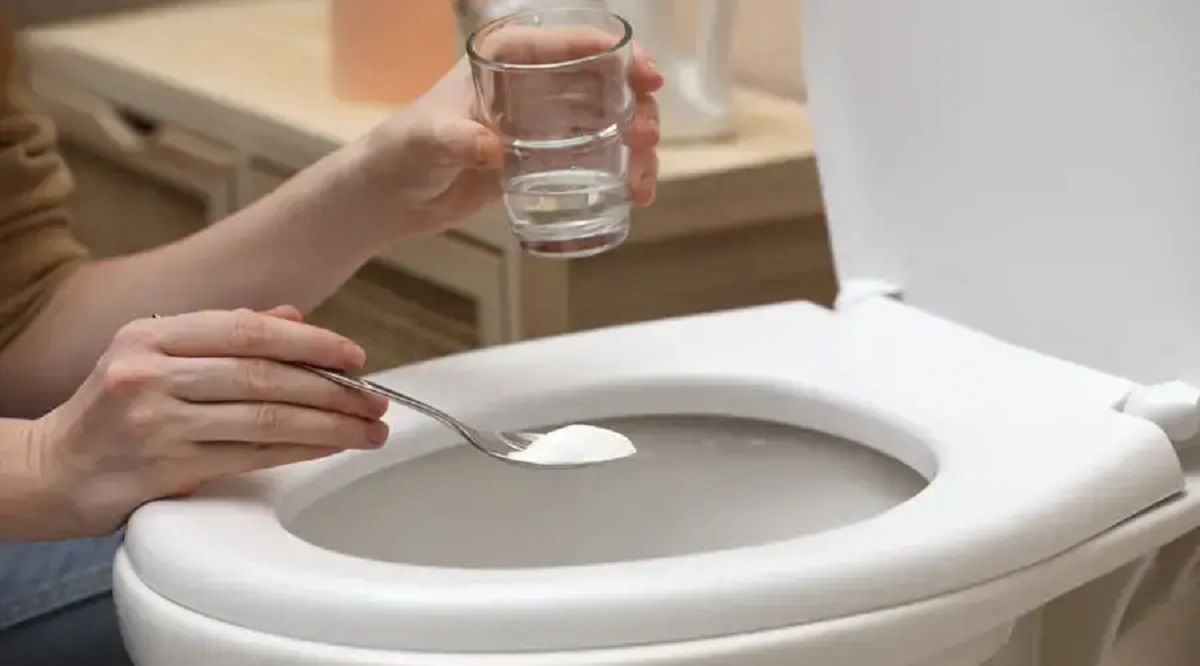
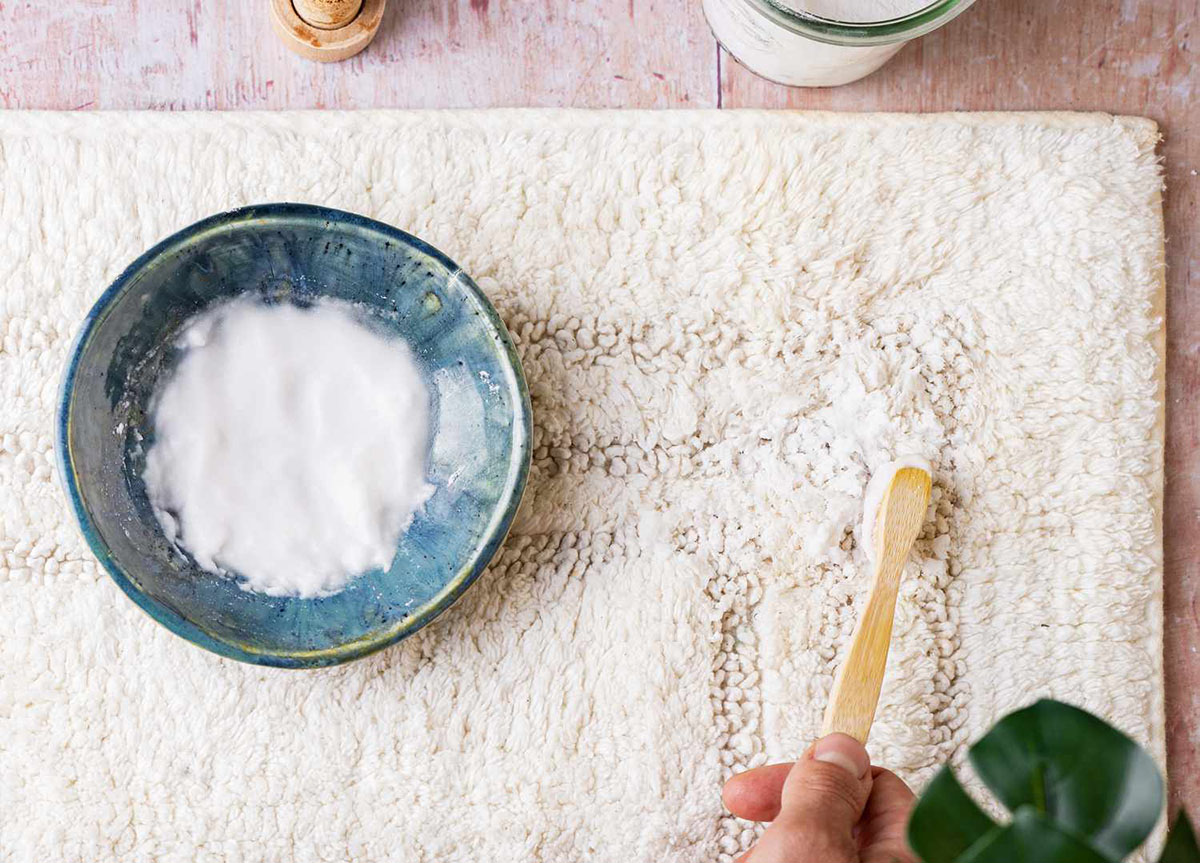
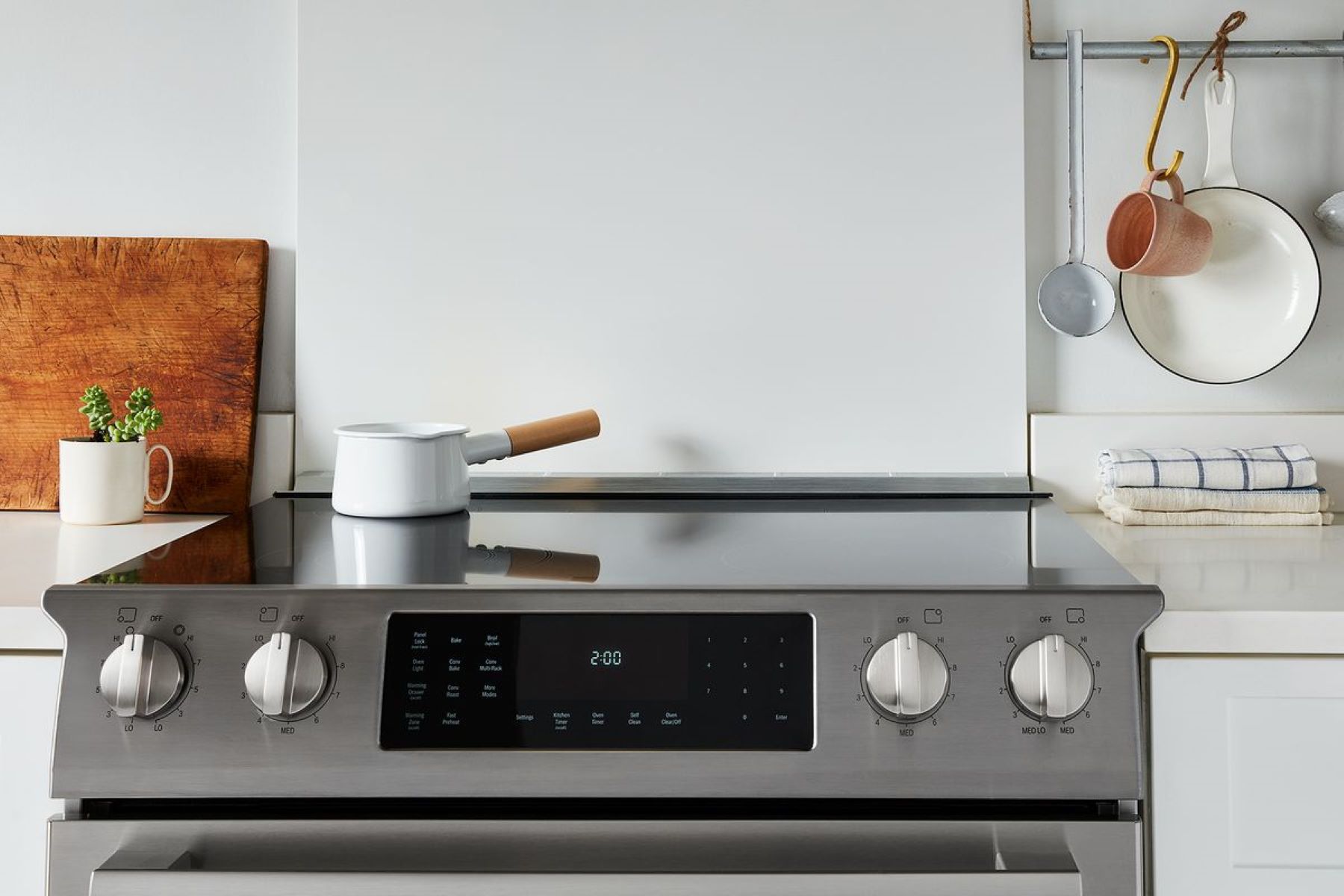
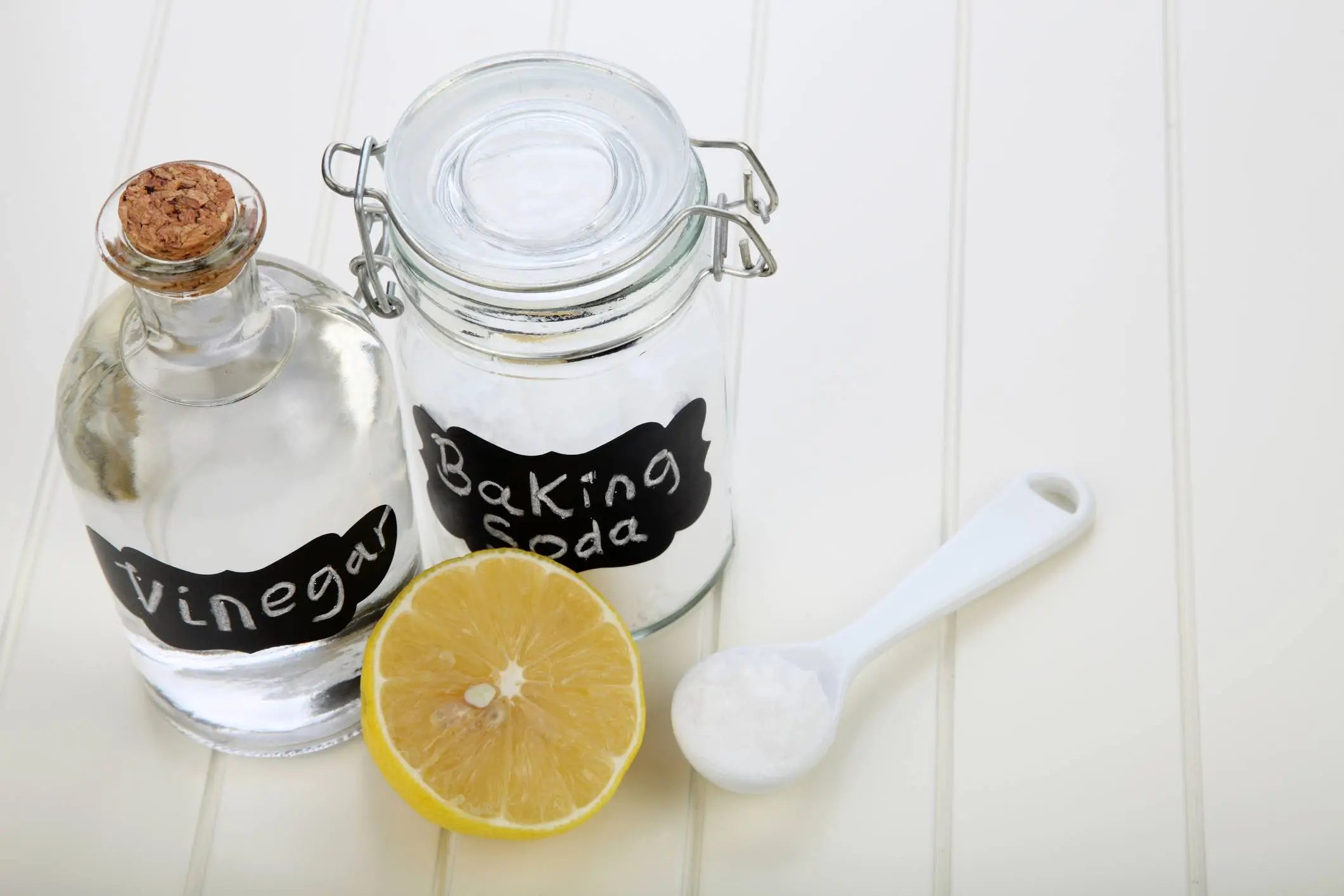
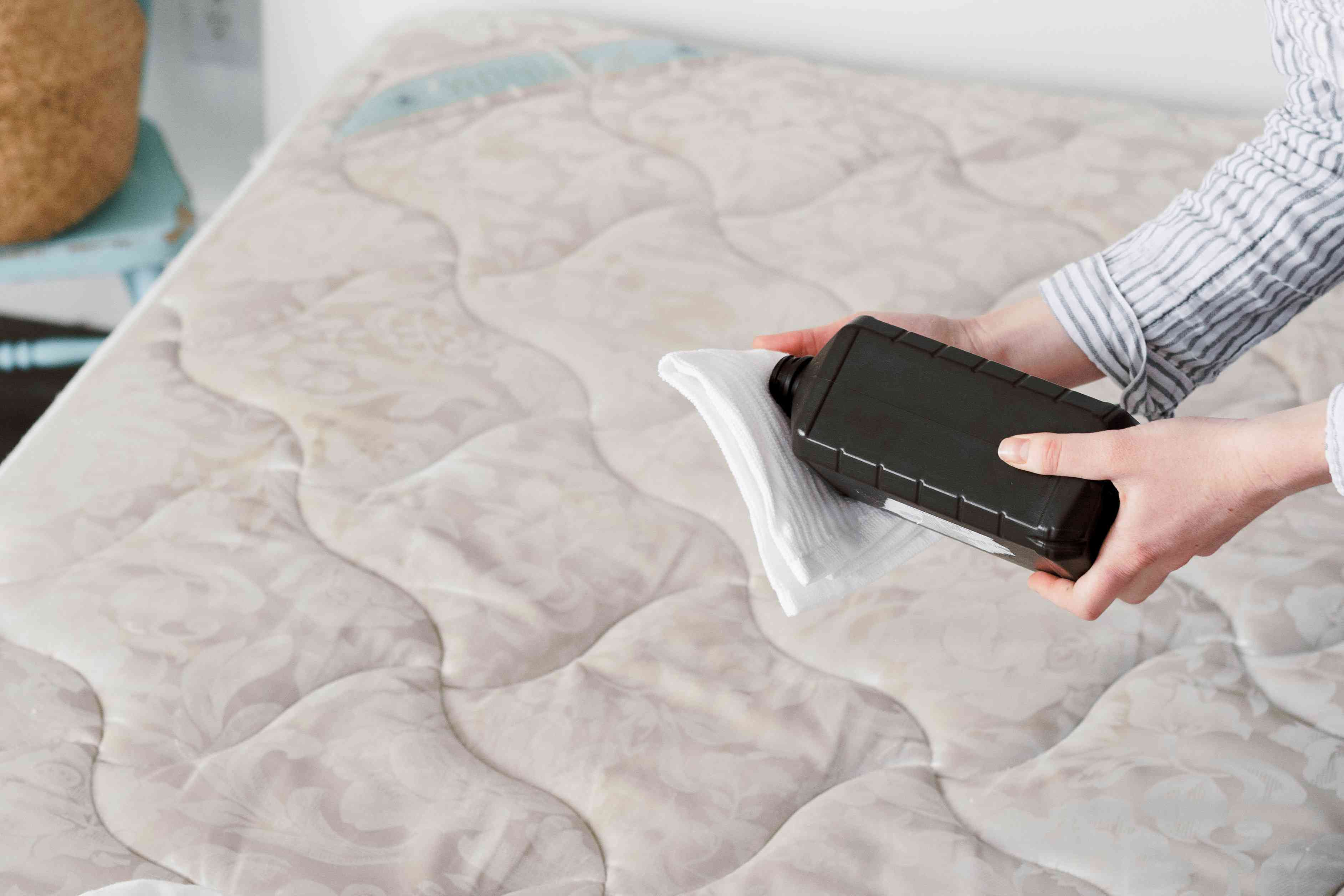
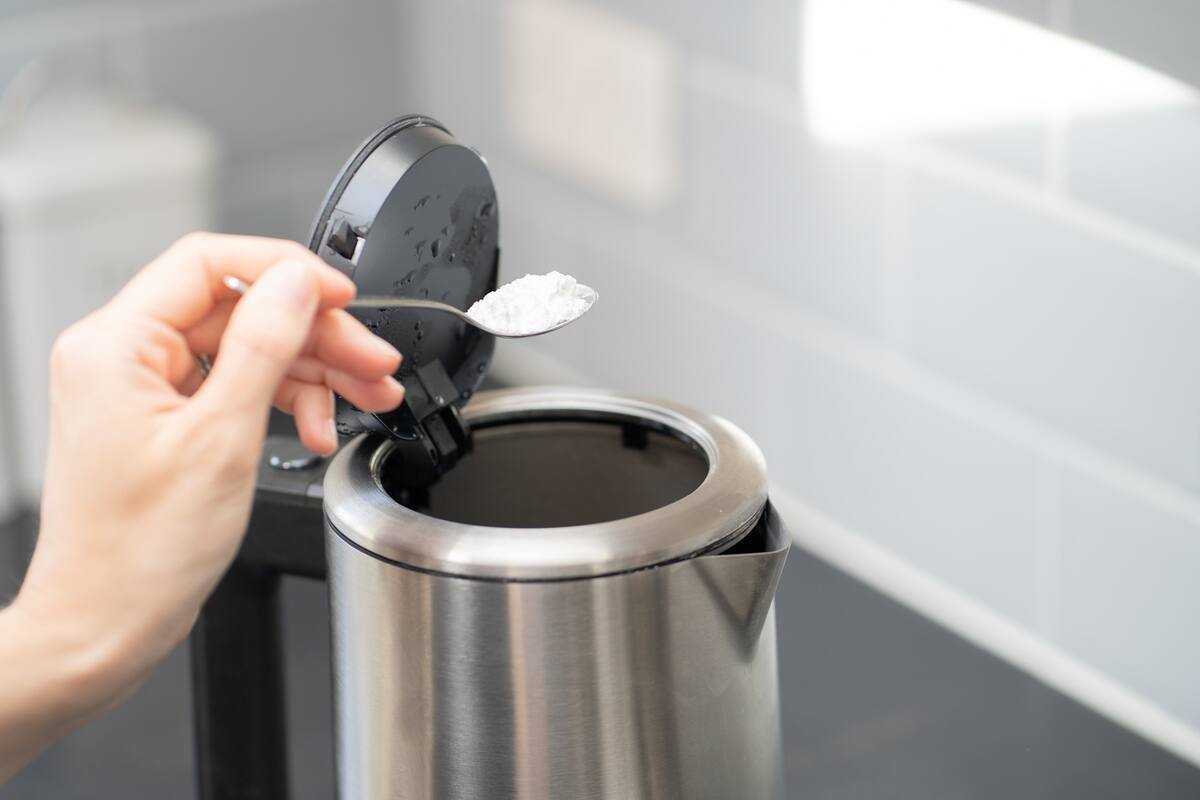
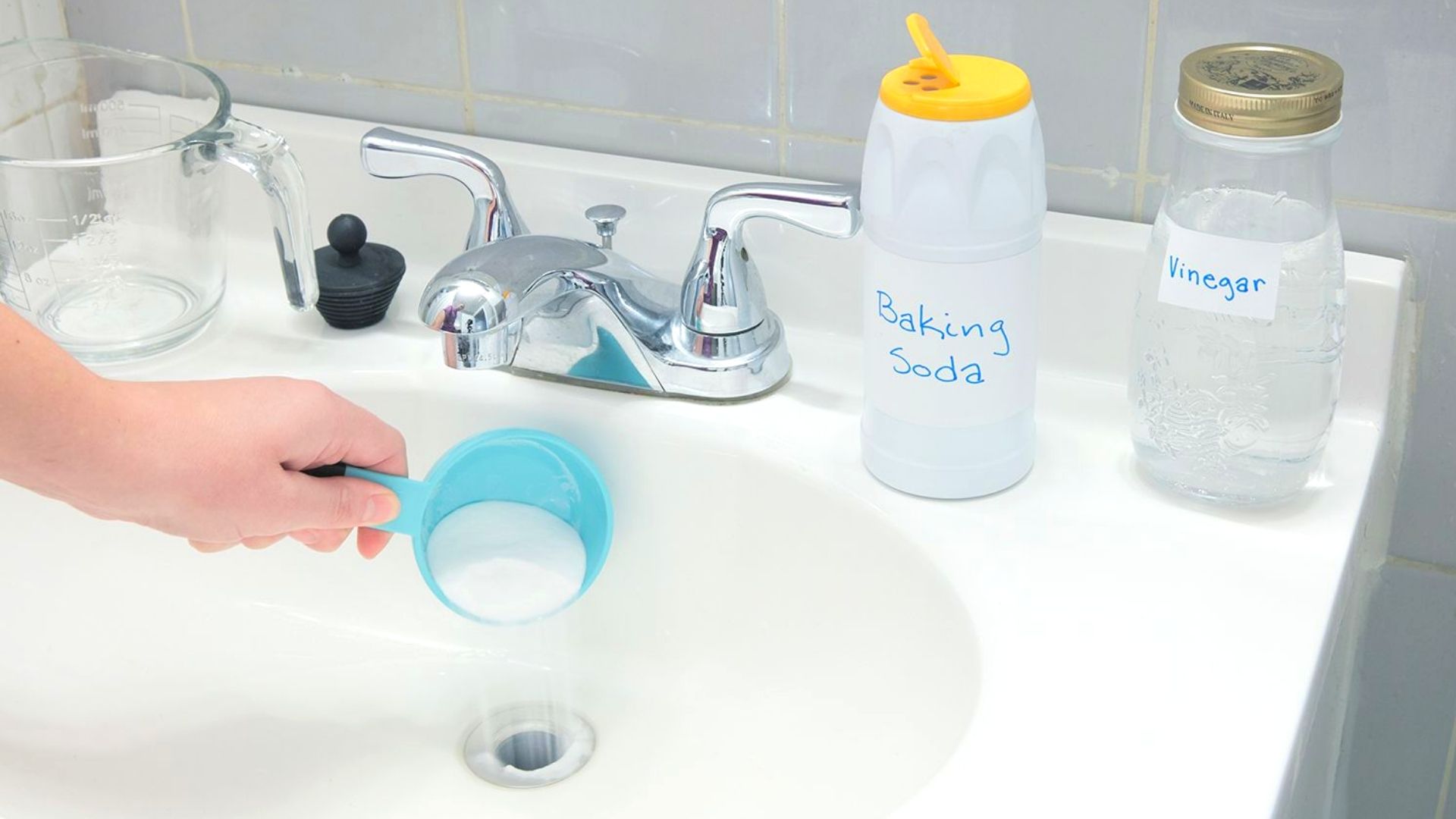
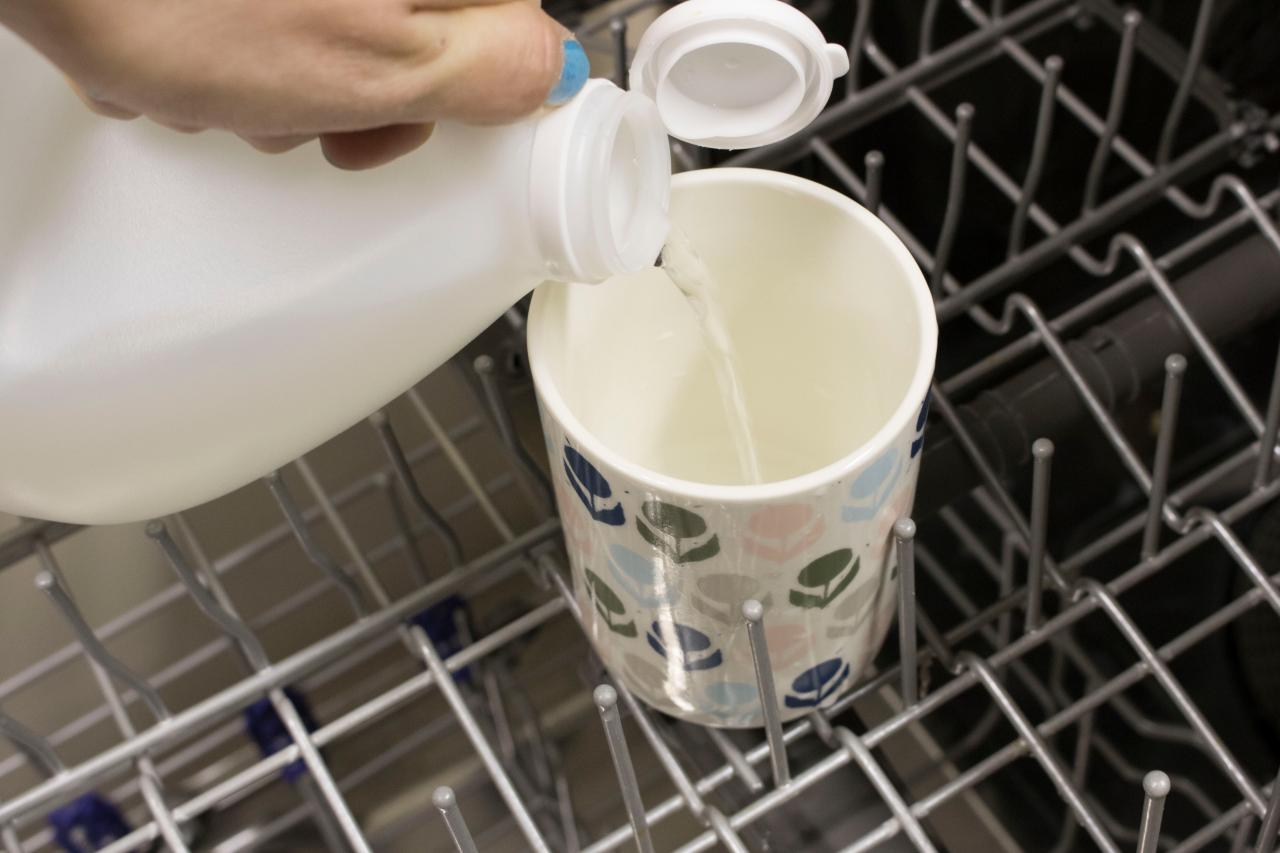
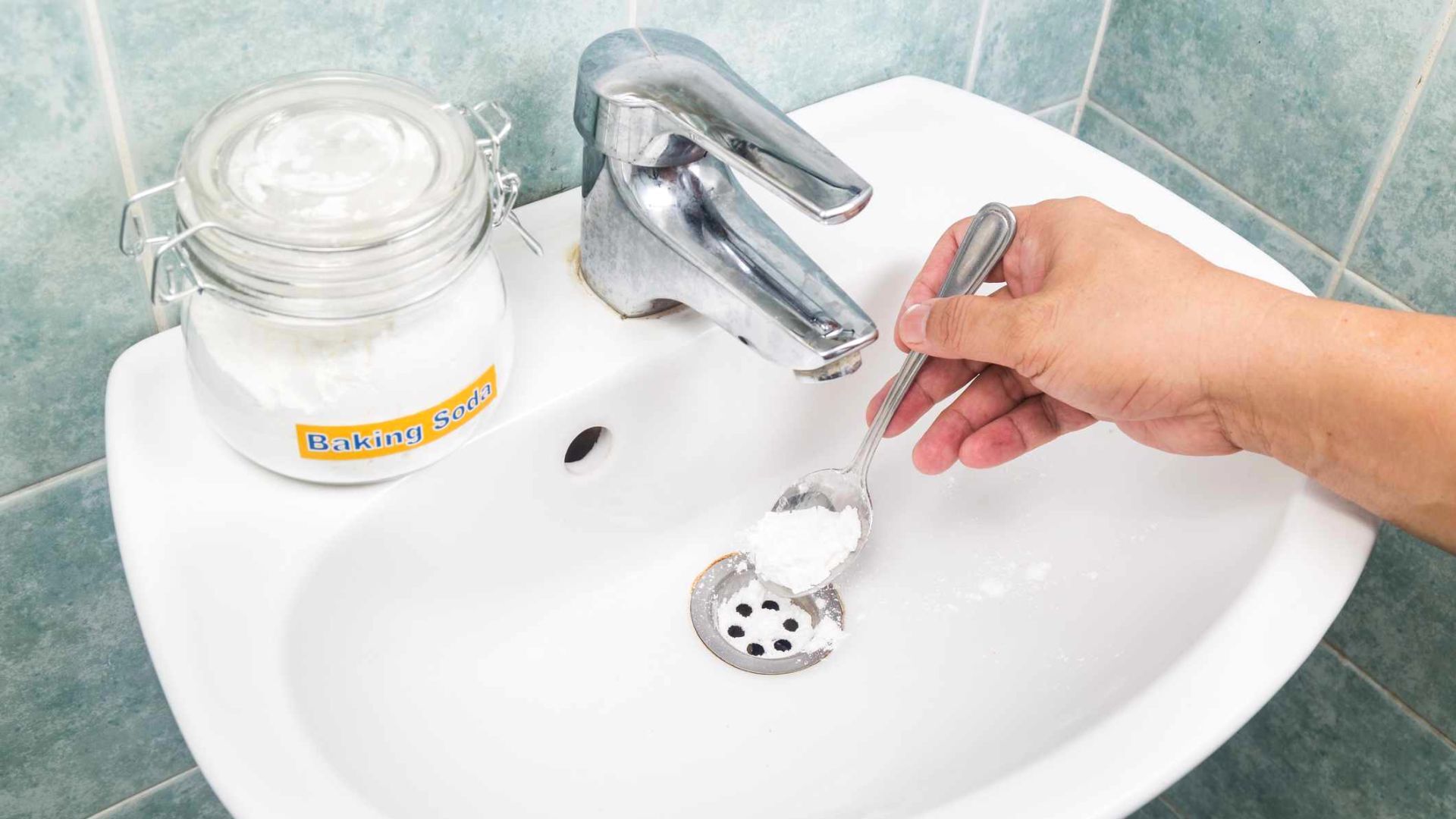
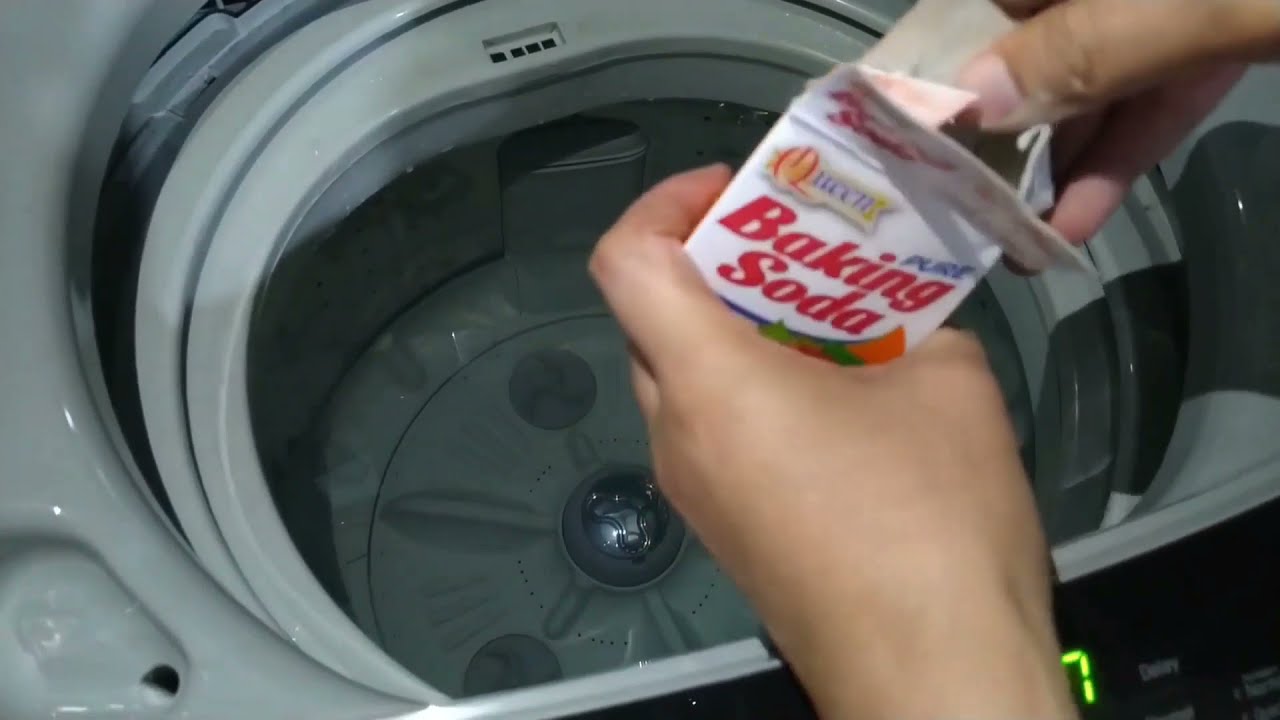
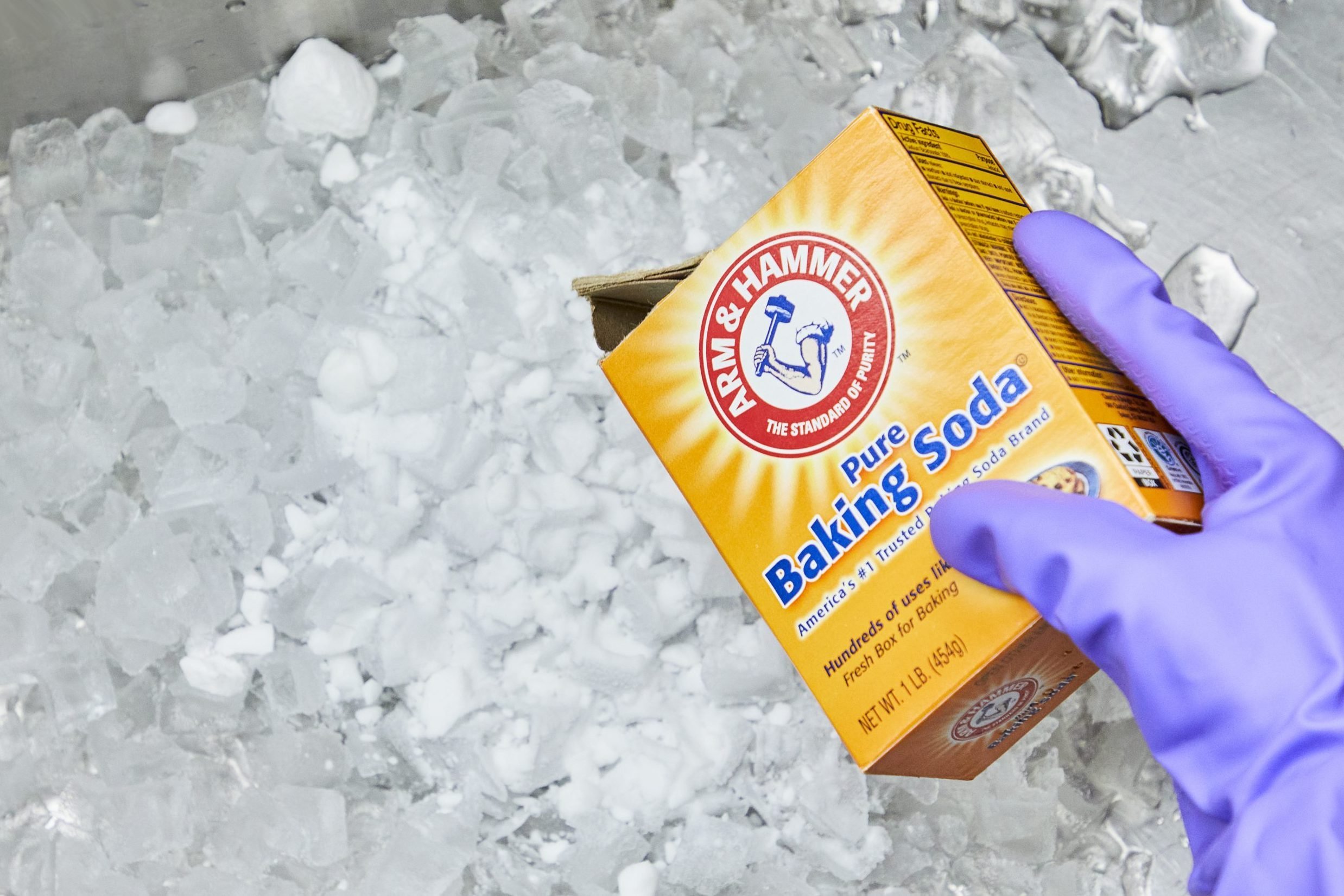
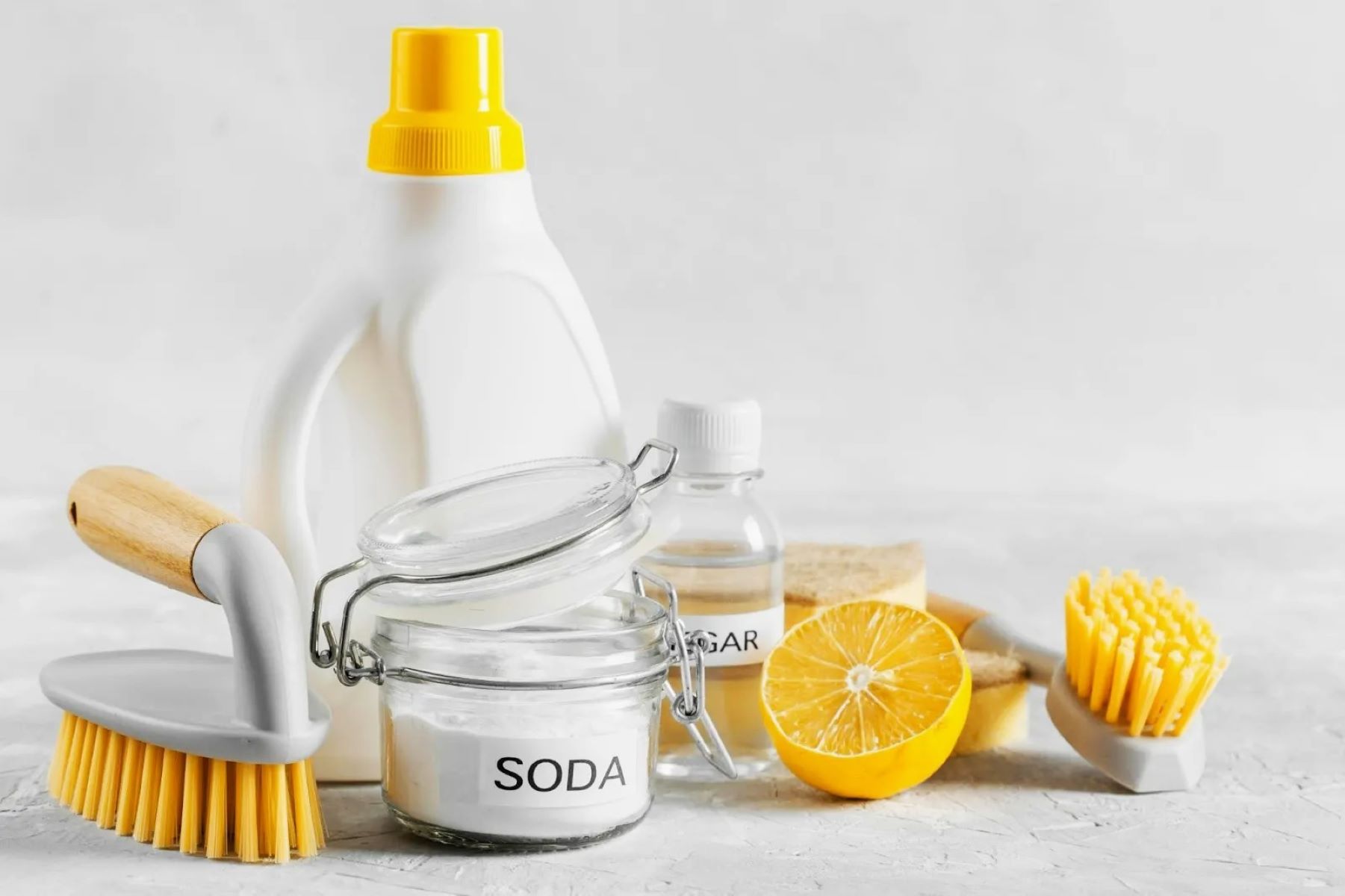
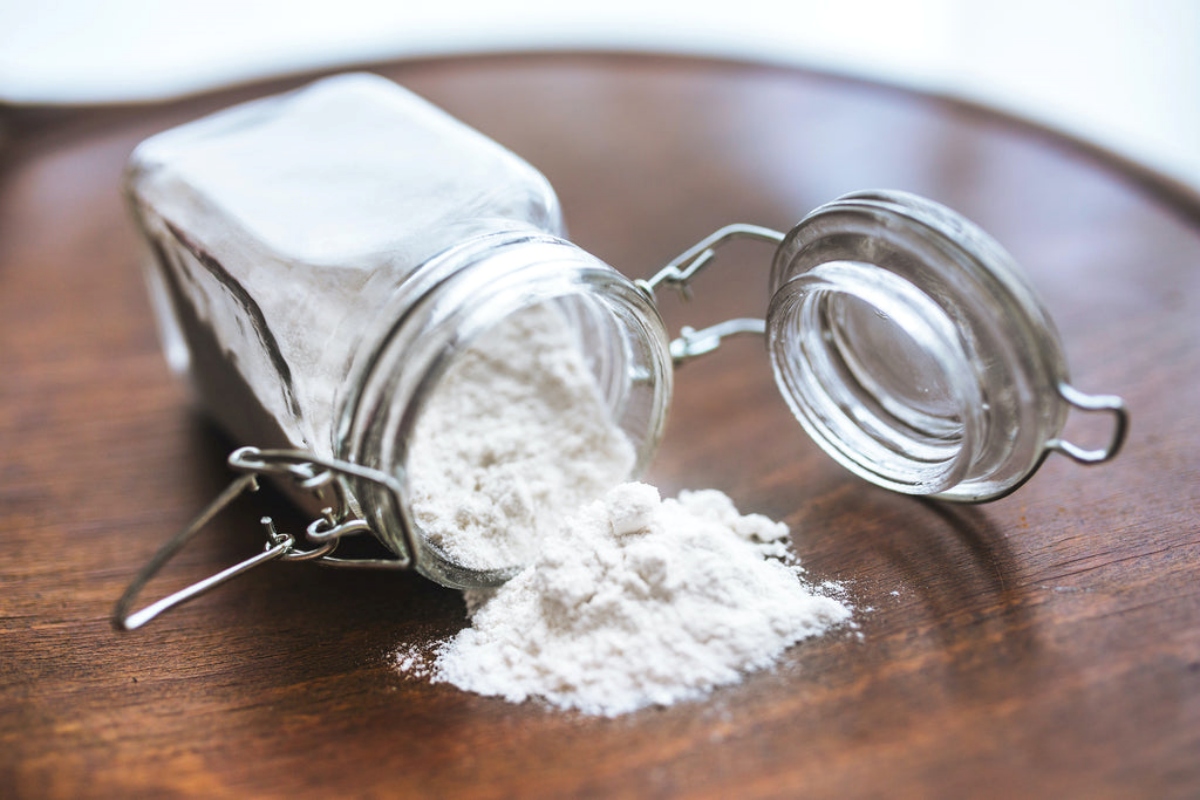

0 thoughts on “How To Clean Your Dishwasher With Vinegar And Baking Soda”